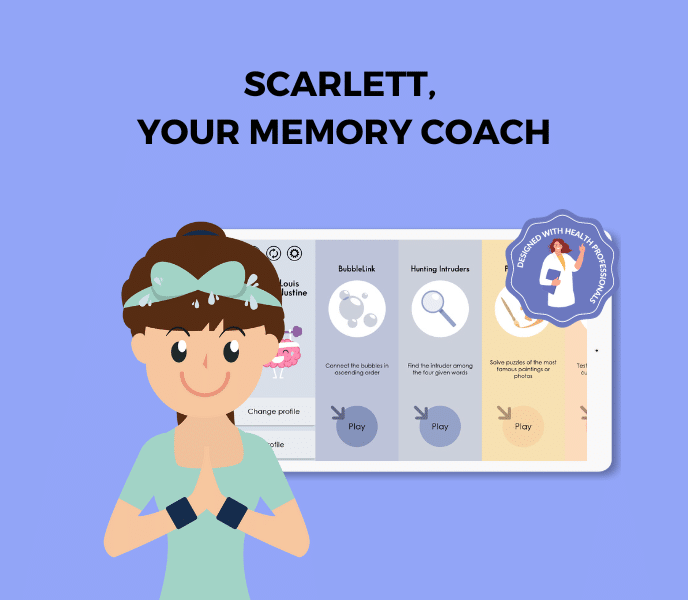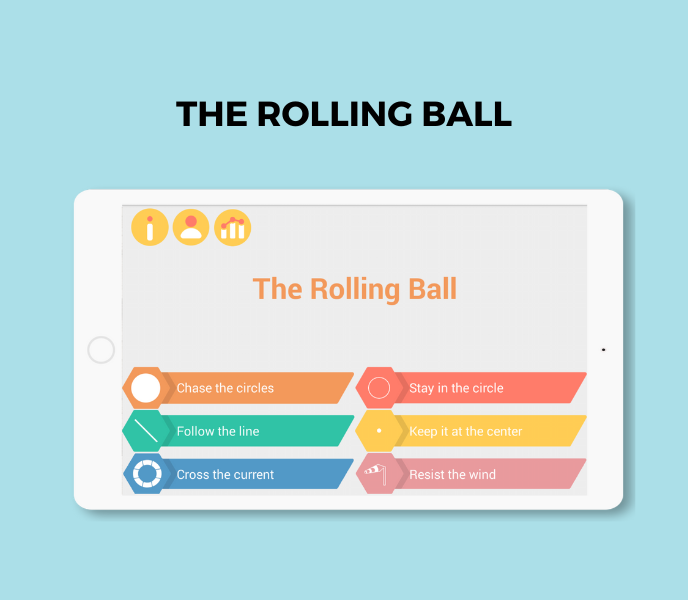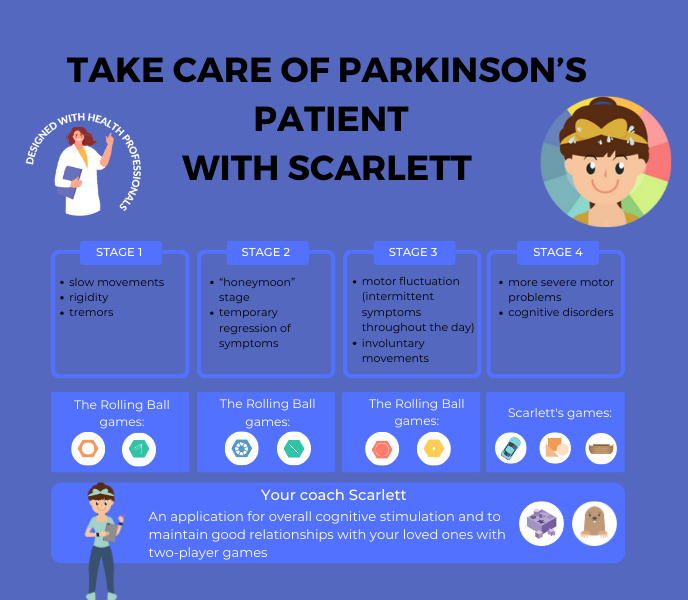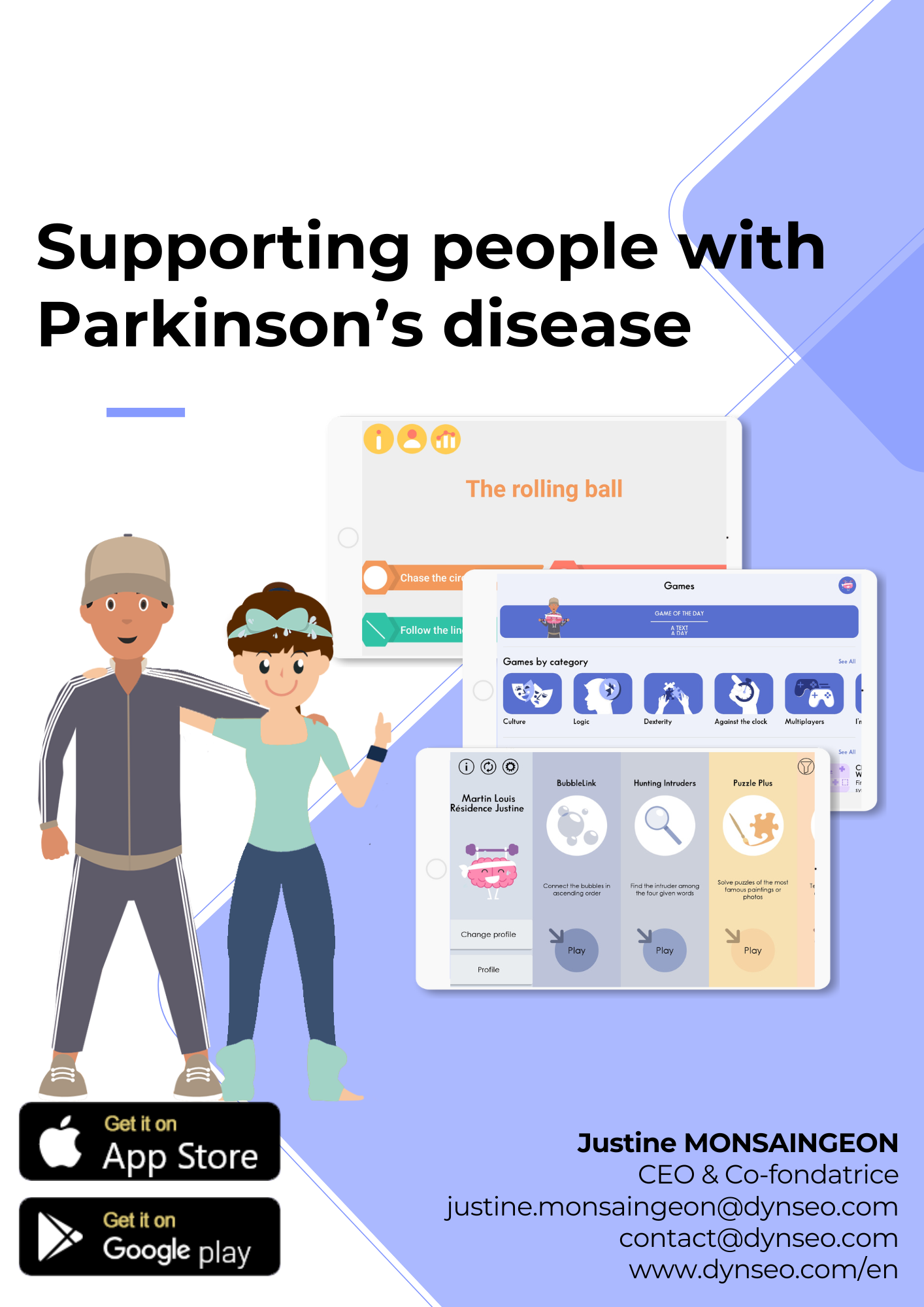Effective symptom management is paramount in enhancing quality of life for individuals with Parkinson’s. By addressing symptoms promptly and comprehensively, patients can minimize their impact on daily activities and maintain independence for as long as possible. Moreover, proactive management can alleviate discomfort, prevent complications, and promote overall health and vitality.
This guide aims to explore daily strategies tailored to Parkinson’s patients, empowering them to navigate the complexities of their condition with resilience and confidence. From lifestyle modifications to therapeutic interventions, each strategy contributes to a comprehensive toolkit for symptom management and improved overall well-being.
Understanding Parkinson’s Symptoms
Parkinson’s Disease manifests through a spectrum of motor and non-motor symptoms, profoundly impacting the lives of those affected. Motor symptoms, including tremors—characterized by involuntary shaking—and bradykinesia, or slowness of movement, are hallmark features of the condition. These motor impairments often lead to difficulties in daily activities such as walking, writing, and speaking. Beyond motor symptoms, Parkinson’s also encompasses a range of non-motor manifestations. Cognitive changes, such as difficulties with memory and executive function, challenge mental acuity and daily functioning. Mood fluctuations, including depression and anxiety, further complicate the emotional landscape for individuals grappling with the disease. Understanding and addressing both motor and non-motor symptoms are crucial for comprehensive management and improved quality of life for Parkinson’s patients.
Medication Management
Medication management is a cornerstone of Parkinson’s Disease treatment, pivotal for effectively managing symptoms and enhancing patients’ quality of life. Adherence to prescribed medication regimens is paramount, as consistent intake ensures optimal symptom control and disease management. Among the various types of medications prescribed, dopamine agonists and levodopa stand out as primary treatments. Dopamine agonists mimic the effects of dopamine in the brain, helping to alleviate motor symptoms and improve movement.
Levodopa, a precursor to dopamine, converts into dopamine in the brain, replenishing depleted levels and mitigating motor impairments. Both medications play essential roles in managing Parkinson’s symptoms, although their usage and effectiveness may vary among individuals. Regular communication with healthcare providers regarding medication adherence and adjustments is essential to optimize treatment outcomes and minimize disease progression.
Daily Exercise Routine
Diet and Nutrition
Maintaining a balanced diet is essential for individuals living with Parkinson’s Disease, as it plays a pivotal role in supporting overall health and managing symptoms. A diet rich in nutrient-dense foods provides the body with essential vitamins, minerals, and antioxidants necessary for combating oxidative stress and inflammation associated with Parkinson’s progression. Incorporating antioxidant-rich foods such as berries, leafy greens, and colorful vegetables can help protect brain cells from damage and promote neuroprotection. Additionally, foods containing omega-3 fatty acids, such as fatty fish, flaxseeds, and walnuts, have been linked to improved cognitive function and may help alleviate inflammation in the brain, potentially mitigating Parkinson’s symptoms. Embracing a diet abundant in these beneficial nutrients fosters optimal health and supports the body’s resilience in managing Parkinson’s Disease.
Sleep Management
Sleep disturbances are prevalent among individuals with Parkinson’s Disease, significantly impacting their quality of life and overall well-being. These disturbances can manifest as difficulty falling asleep, frequent awakenings during the night, or restless sleep patterns. Understanding the underlying causes, which may include medication side effects, motor symptoms, or changes in brain chemistry, is crucial for effective management. Implementing strategies to improve sleep quality is essential. Establishing a consistent bedtime routine, such as relaxing activities or gentle stretching exercises, helps signal the body that it’s time to wind down. Additionally, avoiding stimulants like caffeine or electronic devices before bedtime can promote relaxation and facilitate better sleep. By prioritizing sleep hygiene and adopting these strategies, individuals with Parkinson’s can enhance their sleep quality and promote overall health and well-being.
Stress Management Techniques
Stress exerts a notable impact on the symptoms of Parkinson’s Disease, exacerbating motor fluctuations, tremors, and emotional distress. Heightened stress levels can intensify the perception of symptoms and contribute to overall disease burden, adversely affecting quality of life. Recognizing the importance of stress reduction techniques is paramount for individuals living with Parkinson’s. Mindfulness meditation offers a powerful tool for cultivating present-moment awareness and fostering emotional resilience in the face of stressors. By practicing mindfulness, individuals can learn to observe their thoughts and sensations without judgment, reducing reactivity and promoting a sense of calm. Deep breathing exercises, such as diaphragmatic breathing or progressive muscle relaxation, help alleviate physical tension and induce a relaxation response, effectively counteracting the physiological effects of stress. Incorporating these stress reduction strategies into daily routines empowers individuals with Parkinson’s to better manage their symptoms and enhance overall well-being.
Assistive Devices and Adaptive Strategies
Delving deeper into the realm of assistive devices and adaptive strategies, we find that these innovations and methodologies are more than just aids; they are bridges to a fuller, more engaged life for individuals with Parkinson’s Disease. They represent a harnessing of creativity and technology to surmount the hurdles that Parkinson’s places in the path of those it affects. Below, we expand on how these tools and strategies can significantly enhance daily living, providing specific examples that underscore their importance in fostering independence, confidence, and a resilient spirit.
Mobility Aids: Enhancing Physical Independence
- Advanced Walking Aids: Beyond standard canes and walkers, technology has introduced laser-guided walkers that project a safe path forward, helping overcome freezing episodes common in Parkinson’s.
- Wheelchair Innovations: Wheelchairs equipped with customizable controls and support mechanisms cater to the varying degrees of mobility challenges, ensuring comfort and ease of navigation.
Daily Living Aids: Simplifying Routine Tasks
- Ergonomic Utensils and Grips: Adaptive kitchen tools and writing instruments with specialized grips make eating and writing less of a challenge, enabling individuals to enjoy meals and express themselves through writing with greater ease.
- Dressing Aids: Tools such as button hooks, elastic shoelaces, and zipper pulls simplify the dressing process, promoting independence in personal grooming.
Cognitive Aids: Supporting Mental Function
- Digital Reminders and Organizers: Smart devices that offer reminder functions can help manage medication schedules and appointments, reducing the cognitive load and stress associated with remembering daily tasks.
- Adaptive Gaming and Cognitive Apps: Interactive games designed to enhance cognitive skills provide not only a mental workout but also a source of enjoyment and engagement, contributing to overall mental health.
Speech and Communication Support: Breaking Barriers
- Adaptive Communication Devices: For those facing significant speech challenges, text-to-speech devices and apps offer a means to communicate effectively, ensuring their voice is heard, both literally and metaphorically. In the Scarlett app, you have the text-to-speech function, what a great tool that you can test for free!
- Specialized Speech Therapy: Tailored speech therapy sessions that focus on techniques like the Lee Silverman Voice Treatment (LSVT) LOUD program, significantly enhance vocal loudness and speech clarity, empowering individuals to communicate more confidently.
Home Modifications: Creating a Safer Environment
- Automatic Lighting: Motion-sensor lights illuminate living spaces to reduce the risk of falls during nighttime navigation.
- Bathroom Safety Features: Non-slip mats, grab bars, and raised toilet seats enhance safety in the bathroom, one of the most common places for falls at home.
By incorporating these assistive devices and adaptive strategies into their lives, individuals with Parkinson’s Disease can navigate the complexities of their condition with dignity and strength. It’s about transforming the environment and daily routines to fit their needs, rather than the other way around. This adaptive approach not only improves physical safety and independence but also bolsters emotional well-being, underscoring the profound impact of empowerment on quality of life. Through these innovations, the message is clear: life with Parkinson’s can still be a life of engagement, fulfillment, and joy.
Support Network and Counseling
Navigating Parkinson’s Disease can be emotionally and mentally challenging, underscoring the importance of a robust support network and access to counseling services. A supportive environment, comprising family, friends, healthcare professionals, and support groups, offers invaluable emotional support, encouragement, and understanding. These networks provide a safe space for individuals with Parkinson’s and their caregivers to share experiences, exchange information, and seek guidance. Additionally, counseling services play a crucial role in addressing the psychological impact of the disease, offering coping strategies, stress management techniques, and emotional support tailored to the unique needs of patients and caregivers alike. By fostering connections and facilitating access to counseling resources, individuals affected by Parkinson’s can find solace, strength, and resilience in their journey.
Role of support groups in Parkinson’s management
Support groups serve as lifelines for individuals navigating the complexities of Parkinson’s Disease, offering a sense of community, understanding, and empowerment. These groups provide a platform for individuals with Parkinson’s, caregivers, and loved ones to connect, share experiences, and glean insights from one another’s journeys. Through mutual support and camaraderie, support groups offer validation, encouragement, and practical advice for managing symptoms, coping with challenges, and optimizing quality of life. Moreover, support groups often host educational sessions, guest speakers, and informational resources that empower members with knowledge, skills, and strategies for navigating the intricacies of the disease. By fostering a sense of belonging and solidarity, support groups play a vital role in promoting resilience, well-being, and hope within the Parkinson’s community.
Benefits of counseling for patients and caregivers
Counseling services serve as invaluable resources for individuals living with Parkinson’s Disease and their caregivers, offering emotional support, coping strategies, and practical guidance to navigate the challenges of the disease journey. Parkinson’s can take a toll on mental health, leading to anxiety, depression, stress, and feelings of isolation. Counseling provides a safe and confidential space for individuals to express their emotions, process difficult experiences, and develop coping mechanisms tailored to their unique needs and circumstances.
Moreover, counseling equips caregivers with essential tools for self-care, stress management, and effective communication, fostering resilience and preventing burnout. By addressing the psychological and emotional aspects of Parkinson’s, counseling helps individuals and caregivers cultivate resilience, improve quality of life, and foster a sense of empowerment in their journey towards holistic well-being.
Monitoring Progress and Adjusting Strategies
Monitoring progress and adjusting strategies are integral components of effectively managing Parkinson’s Disease. Tracking symptoms allows individuals to gain insight into the progression of the disease, identify patterns, and assess the effectiveness of treatment strategies over time. By diligently monitoring symptoms such as tremors, mobility issues, and cognitive changes, individuals can proactively intervene and address emerging challenges before they escalate. Consulting healthcare professionals, including neurologists, physical therapists, and occupational therapists, is essential for making informed adjustments to treatment plans. These professionals offer expertise, guidance, and support in tailoring interventions to meet the evolving needs of individuals with Parkinson’s.
Regular communication with healthcare providers facilitates collaborative decision-making, ensures timely adjustments, and maximizes the efficacy of treatment approaches, ultimately enhancing quality of life and optimizing symptom management for individuals living with Parkinson’s Disease.
Managing Parkinson’s Disease requires a comprehensive approach that integrates daily strategies aimed at optimizing symptom management and enhancing overall well-being. From medication management and exercise routines to stress reduction techniques and support networks, individuals with Parkinson’s and their caregivers have a wealth of resources at their disposal. By adhering to medication regimens, engaging in regular exercise, practicing stress reduction techniques, and accessing support networks, individuals can effectively navigate the challenges posed by Parkinson’s Disease.
Patients and caregivers need to remain proactive in their approach, advocating for their needs, seeking support when necessary, and embracing resilience in the face of adversity. With dedication, perseverance, and a collaborative mindset, individuals affected by Parkinson’s can cultivate a fulfilling life while effectively managing their symptoms and maximizing their quality of life.
AND FOR FURTHER INFORMATION

SCARLETT, EASY MEMORY GAMES FOR PARKINSON
SCARLETT is a user-friendly memory game program that offers a collection of simple yet engaging exercises, specifically designed to gently enhance memory skills. No timer, no score and no failure. Just the pleasure of playing. Try it for free for one week.

CLINT, A CHALLENGING BRAIN GAMES APP
For individuals seeking a more challenging experience, the CLINT program serves as a more demanding version, offering complex memory games that require greater cognitive effort, making it suitable for those in need of a more strenuous mental workout.

THE ROLLING BALL TO WORK ON FINE MOTOR SKILLS
The Rolling Ball app is an innovative tool designed to enhance fine motor skills through engaging and interactive challenges. By guiding a virtual ball through intricate mazes and obstacles, users can improve their precision, control, and hand-eye coordination.
Other articles that might interest you:
How Parents Can Contribute to Teacher Training
As we delve into the realm of education, it becomes increasingly clear that teacher training is not merely a...
Differentiated Instruction Approaches: Training and Practical Application
Differentiated instruction is a pedagogical approach that recognizes the diverse needs of students in a classroom. It...
Key Skills Teachers Need to Support Students with Special Needs
As we embark on our journey to support children with special needs, it is essential for us to cultivate a deep...








